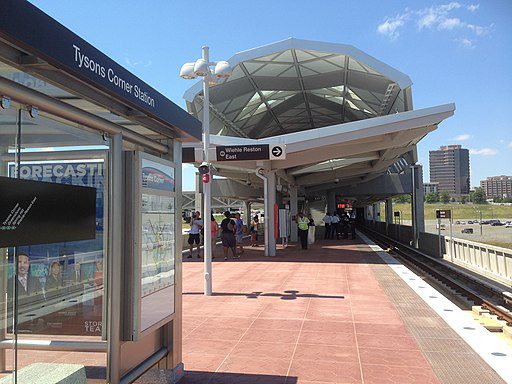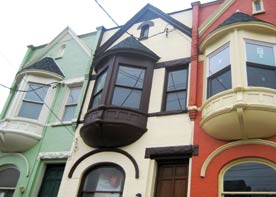In 2008, Self-Help Federal Credit Union began working on a way to help lease-purchase programs come to scale. Although it originally thought it would be a product offered through third parties, when no banks were interested Self-Help decided to offer the product itself.
The borrower is initially a preapproved nonprofit with a lease-purchase program. Self-Help also does an appraisal and approval for each tenant-purchaser. Loans have to be no more than 90 percent LTV and tenant-purchasers must have a 12-month job history and front end/back end debt-to-income ratios not over 38/50 percent, respectively. When the tenant-purchaser is ready to purchase, Self-Help underwrites them directly based on credit and stricter debt-to-income requirements and the tenants take over the existing loan.
There’s no default if nobody ever assumes the mortgage; the nonprofit can remain the borrower for 30 years. There’s also no prepayment penalty. If the first tenant-purchaser moves out, another tenant-purchaser or standard renter can be moved in under the same loan. Credit counseling is required, and the lease payment needs to include a contribution toward a savings account.
Self-Help “credit enhances” the lease-purchase mortgages—which basically means that for the first 10 years Self-Help carries all the credit risk—and resells them to Fannie Mae, as it has been doing for traditional affordable housing loans for many years.




Comments